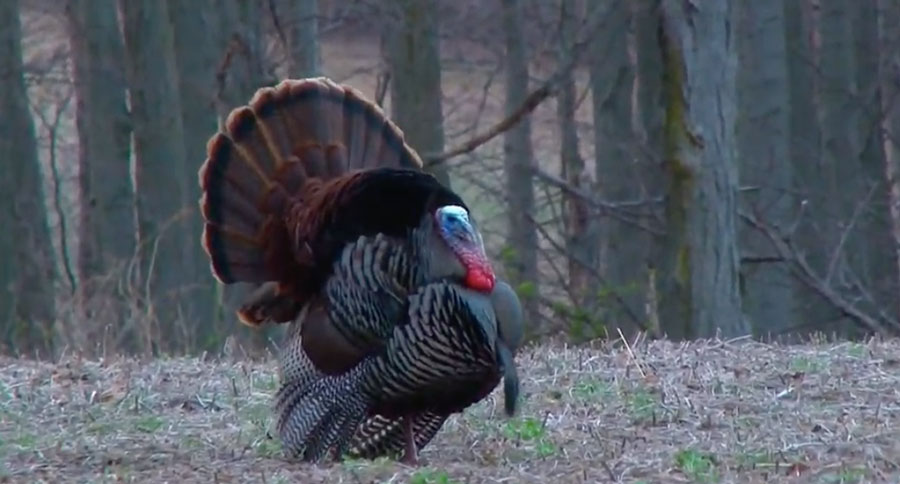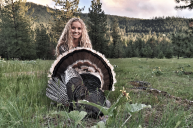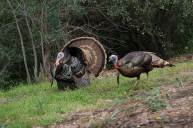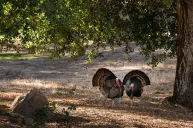Just when you thought you knew everything about wild turkeys.
As spring turkey season starts to heat up, many hunters who haven't shot a bird yet are starting to scramble for any edge they can find.
However, there are others who are adamant on sticking to the same plan and hoping it pans out. Perhaps they are missing a few bits of information.
In the following clip, you'll learn a few things about eastern wild turkeys you might not have known before.
How can you apply this to your turkey hunts this spring?
Watch the video below:
So, let's review these five facts about the iconic, American game bird.
Range: Not only does the eastern wild turkey have the widest range of all five subspecies in North America, but it's also the most common in Canada and the eastern half of the United States.
Physical features: The eastern is the largest turkey subspecies, as toms average just over 3 feet in height and weigh up to 25 pounds. Additionally, mature turkeys grow 5,000-6,000 body feathers to protect them from the elements. They also have some of the best eyesight and depth perception of any animal.
Nesting: Easterns roost up in the trees, but lay their eggs on the ground. Hens lay an average of 8-12 eggs on the ground, generally between late March and early May, laying one egg a day on average.
Courting: The courting phase just barely precedes the nesting phase. Obviously, the gobblers puff out their feathers to attract females, but did you know they have 18 tail feathers? Did you also know their heads change color depending on the mood their in? If they're courting, their heads will turn white.
Vocalization: We all know adult male turkeys got the name "gobblers" for a reason, but did you know a gobble can be heard from over a mile away?
NEXT: TEXAS ANGLER LANDS 7-FOOT-7 ALLIGATOR GAR
WATCH




